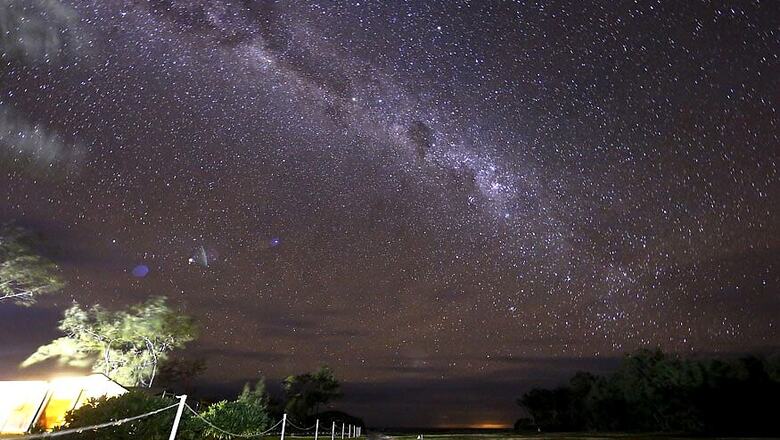
views
The outskirts of spiral galaxies like our own could be crowded with colliding black holes of massive proportions and a prime location for hunting the sources of gravitational waves, a study led by an Indian origin researcher has found. Researchers at Rochester Institute of Technology (RIT) in the US identified an overlooked region that may be rife with orbiting black holes and the origin of gravitational-wave chirps heard by observatories in the US and Italy. Identifying the host galaxies of merging massive black holes could help explain how orbiting pairs of black holes form.
Conditions favourable for blackhole mergers exist in the outer gas disks of big spiral galaxies, according to Sukanya Chakrabarti, assistant professor at RIT and lead author of the study published in Astrophysical Journal Letters. Until now, small satellite or dwarf galaxies were thought to have the most suitable environment for hosting blackhole populations: a sparse population of stars, unpolluted with heavy metals like iron, gold and platinum - elements spewed in supernovae explosions - and inefficient winds that leave massive stars intact.
Chakrabarti realised the edges of galaxies like the Milky Wav have similar environments to dwarf galaxies but with a major advantage - big galaxies are easier to find. "The metal content in the outer disks of spiral galaxies is also quite low and should be rife with black holes in this large area," Chakrabarti said. "This study shows that, when predicting or interpreting observations of black holes, we need to account not only for differences between different types of galaxies but also the range of environments that occur inside of them," said Richard O'Shaughnessy, assistant professor at RIT and a member of the LIGO Scientific Collaboration.
A deeper understanding of the universe is possible now that scientists can combine gravitational wave astronomy with traditional measurements of bands of light. Existing research shows that even black holes, which are too dense for light to escape, have a gravitational wave and an optical counterpart, remnants of matter from the stellar collapse from which they formed.
Watch: Apple iPhone X | First Look | Best iPhone Yet?

















Comments
0 comment